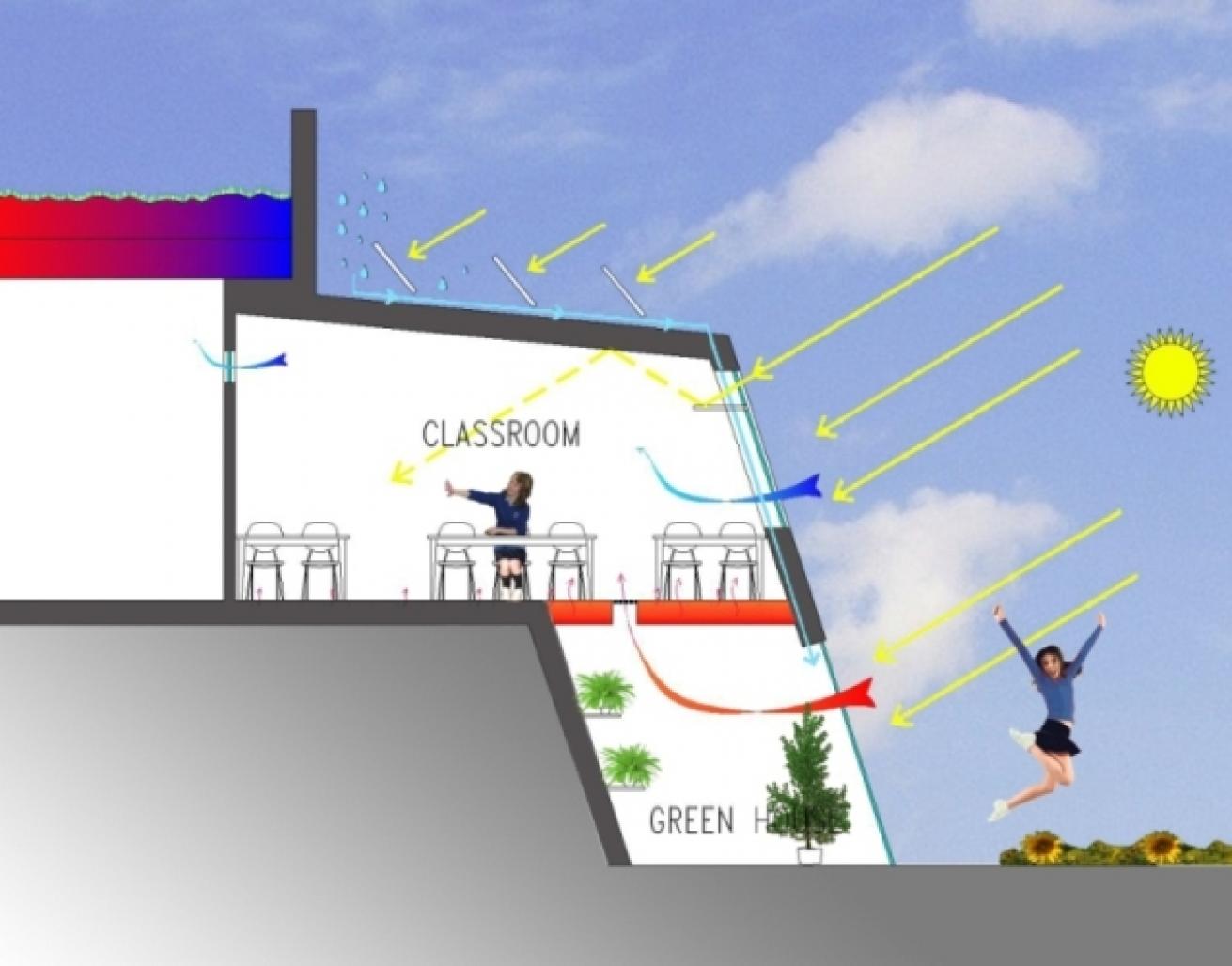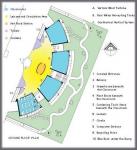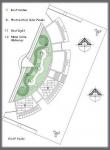The existing school:
Our Lady of Lourdes School has had a number of additions made to the original convent building. The school comprises of the original convent which is a protected structure, a large two storey building from late 1970s and a pre-fabricated extension. All the buildings are linked together and the overall circulation is quite complex, with long corridors and many steps and stairwells.
Starting point:
The starting point for this project was a discussion of basic Architectural concepts. The students had the opportunity to identify a number of different concepts from architectural books and magazines.
Brief:
The brief for the new space for learning was a result of discussions with students and detailed observations of what is not working for them in their school. Immediately they revealed a desire to have better accessibility, bigger classrooms and a gymnasium, amongst other requirements.
Proposal:
Our proposal is situated within the school boundaries, using the garden from the original convent. The students currently do not have access to this garden. We identified this as a good opportunity to re-vitalize this area. A new four classroom building is proposed here.
We also propose to demolish the existing pre-fabricated building and to build a new sports pavilion / gymnasium in this area, whilst retaining the outside pitch.
Ideas:
The main source of inspiration came from the existing garden and the existing protected structure, including the shape of the windows and the garden contours.
The concept envisioned uses the old convent building as its focal point.
A design session with the students’ groups lead to a number of ideas that were included in the final proposal and/or will make part of the virtual model to be built for the exhibition.
2010
Environmentally sustainable design:
Sustainability was an integral part of the design process. A number of passive solar design concepts were approached and the proposal aims to get the most from direct, indirect and isolated solar gains, as well as natural lighting and natural ventilation.
Natural lighting is reflected into the classrooms by the use of light shelves, thus reducing the need for electricity.
The green roof provides increased insulation and works as a thermal mass.
The greenhouses, below the South facing classrooms, capture solar radiation that is converted into heat. This heat is directed into the classrooms through vents that can be closed during Summer time.
Rain water is captured, stored and re-used for toilet flushing and watering within the gardens and greenhouses.
A recycling point comprising of four Moloks ® will support the sustainability strategy while maintaining an attractive and hygienic environment.
Systems:
The proposal aims to contribute to a reduced carbon footprint. To achieve this goal, different systems are proposed: two vertical wind turbines producing approx. 20,000kwh/year; twenty-three photovoltaic solar panels to convert sunlight into electricity and a geothermal vertical system to power the underfloor heating.
An automated system provides a single point of control for lighting, heating, and cooling, for maximum efficiency. Each classroom operates independently, according to its designated schedule, so energy is not wasted in rooms that are not in use.
A school that has a serious energy-saving strategy also serves as an example to the students, raising awareness about day-to-day energy use and possibilities for increased efficiency.
A joint collaboration between Isabel Barros, MRIAI & Transition Year students of Our Lady of Lourdes School, New Ross, Co. Wexford, Ireland
Favorited 1 times







